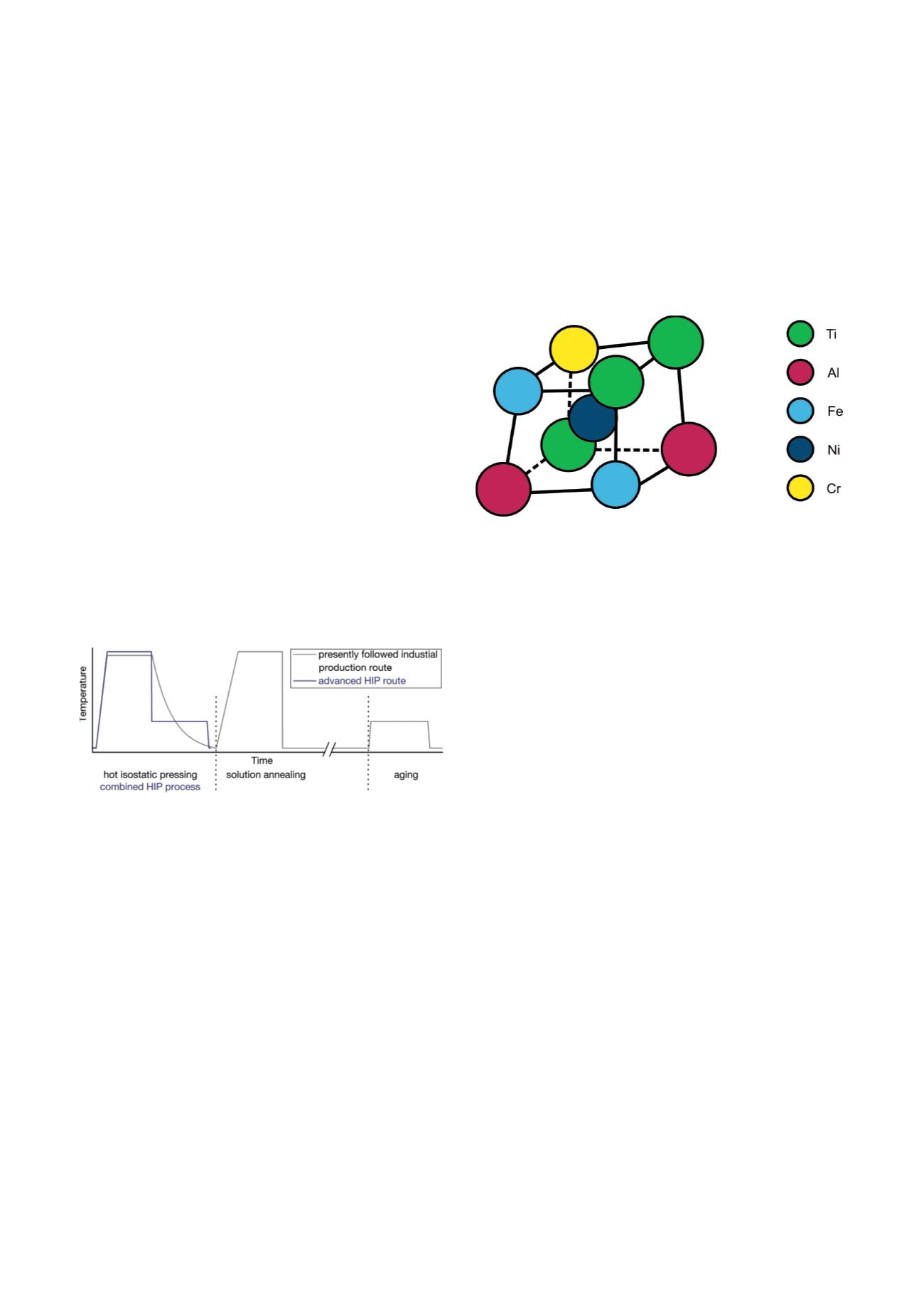

274
Materials Science and Mechanics of Materials
Experimental and theoretical characterization of metallic materials
n
For many decades technological advances have been closely linked to the availability of
appropriate materials. The Institute of Materials Science and Mechanics of Materials (WKM)
concentrates on processing – microstructure – (mechanical) properties – relationships of load
bearing metallic materials such as high strength steels, titanium, nickel, aluminum and tungsten
alloys. Research is performed employing theoretical, numerical and experimental techniques with
equal importance on multiple length scales. The associated State Material Testing Laboratory
serves as an important interface to industry with respect to research oriented (offroutine) testing
of materials.
In 2017 research activities were directed toward plasticity
and failure of gas turbine sealing systems, hot isostatic
pressing of aluminum alloys in combination with precip
itation hardening, the hot isostatic pressing of iron-nickel-
titanium-aluminum-chromium high entropy alloys, plas-
ticity of high strength sheet steels for automotive applica-
tions and measurement of residual stresses. Much effort
is devoted to fundamental research in thermodynamically
based modelling of additive manufacturing and crystal
plasticity modelling and its application in microelectronics.
Schematic drawing of distorted crystal lattice due to a random arrangement
of alloying elements in a high entropy alloy (HEA). (Source: WKM)
Combined Hot Isostatic Pressing and Heat Treatment of Aluminum Cast Alloys
Aluminum cast alloys have multiple applications in the
automotive and aeronautical industries. In the field
of aircraft applications, high demands on the fatigue
resistance lead to the necessity for a special production
route that ensures high component quality. Hot isostatic
pressing (HIP) is commonly used to reduce casting
porosity of cast materials thereby significantly increasing
the material’s fatigue resistance. For the aluminum cast
alloy A356 (Al + 7% Si + 0.3% Mg) this is usually done
in a separate process step preceding the regular heat
treatment, which comprises solution annealing and aging.
Solution annealing followed by rapid cooling results in
Temperature time profile for the presently followed industrial production
route and the combined hot isostatic pressing process developed at WKM.
(Source: WKM)
an oversaturated condition with magnesium and silicon
atoms dissolved in the aluminum matrix. During aging at
elevated temperatures precipitates are formed that lead to
a significant increase in strength. Due to the very limited
capability to perform rapid temperature changes, standard
hot isostatic presses can hardly be used for a combined
process consisting of densification, homogenization and
aging. With an advanced HIP technology made accessible
to WKM in a joint research project, it became possible
to achieve significantly higher quenching rates in the HIP
process. Mechanical properties characterization at WKM
served to ensure that quenching rates are high enough to
achieve an oversaturated solid solution, which then allows
aging to be performed directly after hot isostatic pressing.
This opens up the possibility to shorten the time at room
temperature between solution annealing and aging.
Thereby, the overall process time can be reduced further
and the material’s strength can be increased within this
fully integrated process.
Partner
■■
Magnus Ahlfors, M.Sc.; Quintus Technologies AB,
Quintusvägen 2, 72166 Västerås, Sweden



















